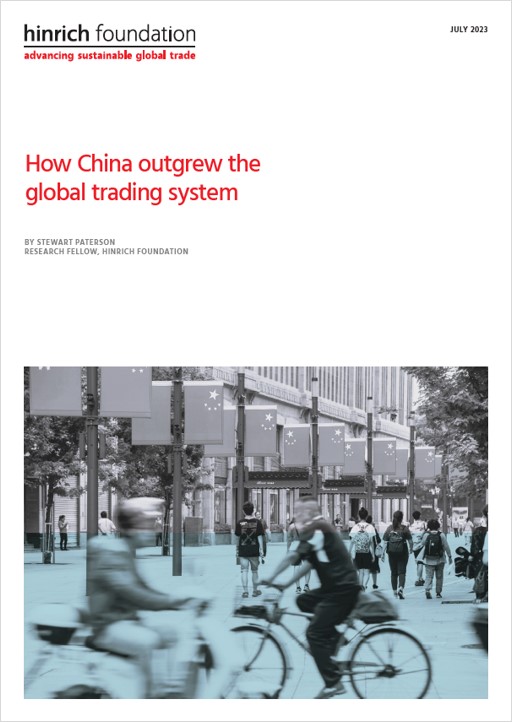
Published 25 July 2023
In the last three decades, China has increasingly been the key driver of global commerce and investment flows. China has become the world's largest trading nation and the most diversified manufacturing economy, but it engages with the global economy very differently compared with other nations. This begs the question: Did China's outsize growth, heft, and unique state-dominated economic system wind up breaking the wave of globalization it rode to its own successes?
Since China's former paramount leader Deng Xiaoping launched his economic reform program in 1978, the country's share in world exports and imports has expanded dramatically.
At first glance, China’s political economy has features that appear common to other economies. But in fact, they are systemically unique, most notably in capital allocation, exchange rate policy, export promotion policy, and industrial policy.
Following the first paper in our series on "What went wrong with globalization", Research Fellow Stewart Paterson sets out to explore four questions in this second report: How significant was China’s contribution to globalization? Did China’s economic and political model contribute to the stalling of globalization? Is there a way to accommodate China’s state-driven economic model within a market-oriented global economic framework.
Download How China outgrew the global trading system by Stewart Paterson:

Globalization Series
© The Hinrich Foundation. See our website Terms and conditions for our copyright and reprint policy. All statements of fact and the views, conclusions and recommendations expressed in this publication are the sole responsibility of the author(s).
Stewart Paterson is a Senior Research Fellow at the Hinrich Foundation who spent 25 years in capital markets as an equity researcher, strategist and fund manager, working for Credit Suisse, CLSA and most recently, as a Partner and Portfolio Manager of Tiburon Partners LLP.
Have any feedback on this article?
Related Articles

Subsidies and market access: Towards an inventory of corporate subsidies by China, the EU and the US
26 October 2021

Subsidies and market access: Towards an inventory of corporate subsidies by China, the EU and the US
26 October 2021

Subsidies and market access: Towards an inventory of corporate subsidies by China, the EU and the US
26 October 2021




